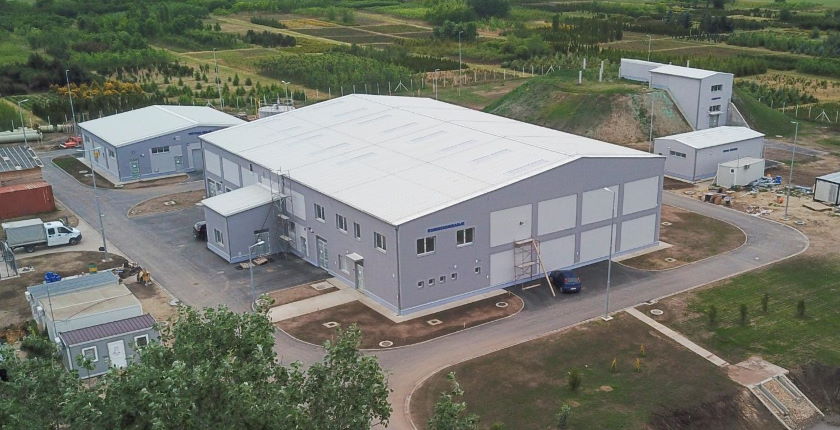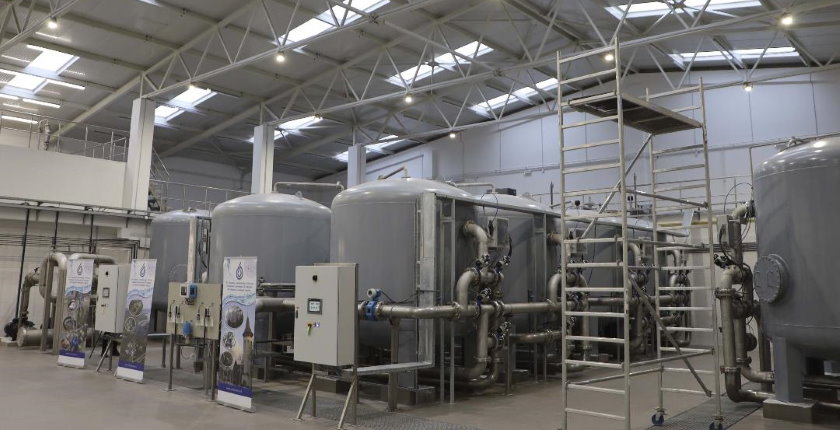
Photo: Dinovizija
The city of Subotica and the surrounding area in the far north of Serbia expanded the sewerage network coverage to 60% of the 140,000 inhabitants. The EUR 27 million project for upgrading the waterworks and wastewater system includes a sludge-to-energy unit and a new water plant.
Local waterworks and wastewater utility JKP Vodovod i kanalizacija in Subotica finished the overhaul of its system and put a water plant and wastewater processing facility into operation. The European Bank for Reconstruction and Development (EBRD) approved almost EUR 20 million in loans. At the same time, the European Union and bilateral donors under the Western Balkans Investment Framework (WBIF) provided EUR 7 million worth of grants and technical assistance.

Local lake protected from unprocessed wastewater
The new water plant has a capacity of 80 liters per second and a reservoir of 2,500 cubic meters. It includes a sludge treatment system, and the utility opened a wastewater treatment plant. Waste is used for energy production, which can cover up to 40% of the energy needs.
The local authority built 11 kilometers of the water supply network. Nine kilometers of sewerage pipes were added, allowing households with more than 12,000 citizens in the area with 140,000 inhabitants to connect to the network and lift the share to 60%.
Unprocessed wastewater was earlier dumped into the Palić lake, a major tourist resort, endangering wildlife habitats.
Example for other Serbian cities
EBRD said an estimated 10% of wastewater in Serbia is treated and that only around 46% of the population is connected to the sewerage system. In many cases, the existing infrastructure is also outdated.
“We hope to see more cities in Serbia follow the example of Subotica and invest in their wastewater and water infrastructure. The EBRD, the European Union, and bilateral donor countries are focused on supporting the transition to a green economy and there has never been stronger momentum to invest in green infrastructure”, said Zsuzsanna Hargitai, the bank’s top manager for the Western Balkans and Serbia.


















Be the first one to comment on this article.